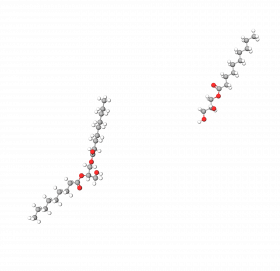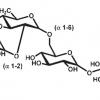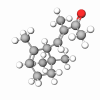Caprylic/Capric Glycerides is a mix of medium-chain mono/diglycerides primarily intended for use in pharmaceutical and personal care formulations as excipients and absorption enhancers. Due to their surfactant properties they can also be used as emulsifier in conventional emulsions, such as creams and lotions, but they are also suitable for microemulsions and liposome formulations.
Caprylic/Capric Glycerides is a soft solid at room temperature that melts at 25- 28 °C. The solidification from melt is slow, and forced cooling to 10-15°C is recommended in order to obtain a uniform solidification of the formulations containing high amounts of this ingredient.
Thanks to its absorption-enhancing properties, Caprylic/Capric Glycerides improves bio-availability, and significantly increases penetration rates (uptake) of poorly water-soluble substances. It functions in two ways – by efficiently solubilising and dispersing the active ingredients and by influencing the barrier properties of epidermis.
Caprylic/Capric Glycerides is suitable for emulsifying semi-polar and polar oil phases such as esters and vegetable oils. Although it has good emulsifying and dispersing properties (HLB-value of 5-6), it must be combined with other emulsifiers to improve emulsion stability. Good combinations are achieved with polysorbates, fatty alcohol ethoxylated, and long-chain monoglycerides.Derived from natural raw materials, medium-chain fatty acids, and glycerol obtained from coconut and palm kernel oils, Caprylic/Capric Glycerides is a safe ingredient for personal care applications. The medium-chain mono- and diglycerides are readily metabolized to fatty acids and glycerol, which are directly utilized by the body.
The safety of medium-chain glycerides is well demonstrated in the literature. Careful selection of raw materials and gentle processing conditions ensure the absence of undesired by-products and contaminants in Caprylic/Capric Glycerides.










